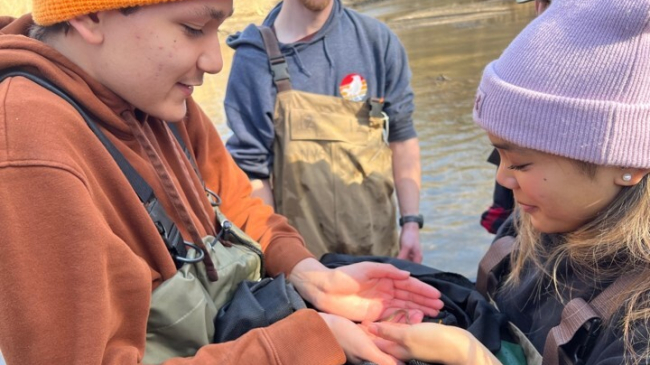In March, NOAA is raising awareness about the issue of marine debris through the #DebrisFree campaign. Marine debris includes anything made by humans that has been lost or discarded into the marine environment: from huge derelict vessels to microplastics smaller than the head of a pin. This form of pollution impacts our ocean, coasts, and Great Lakes, disrupting ecosystems and endangering mariners. This month, we're sharing ideas to help educators and students learn about and take action toward reducing marine debris.
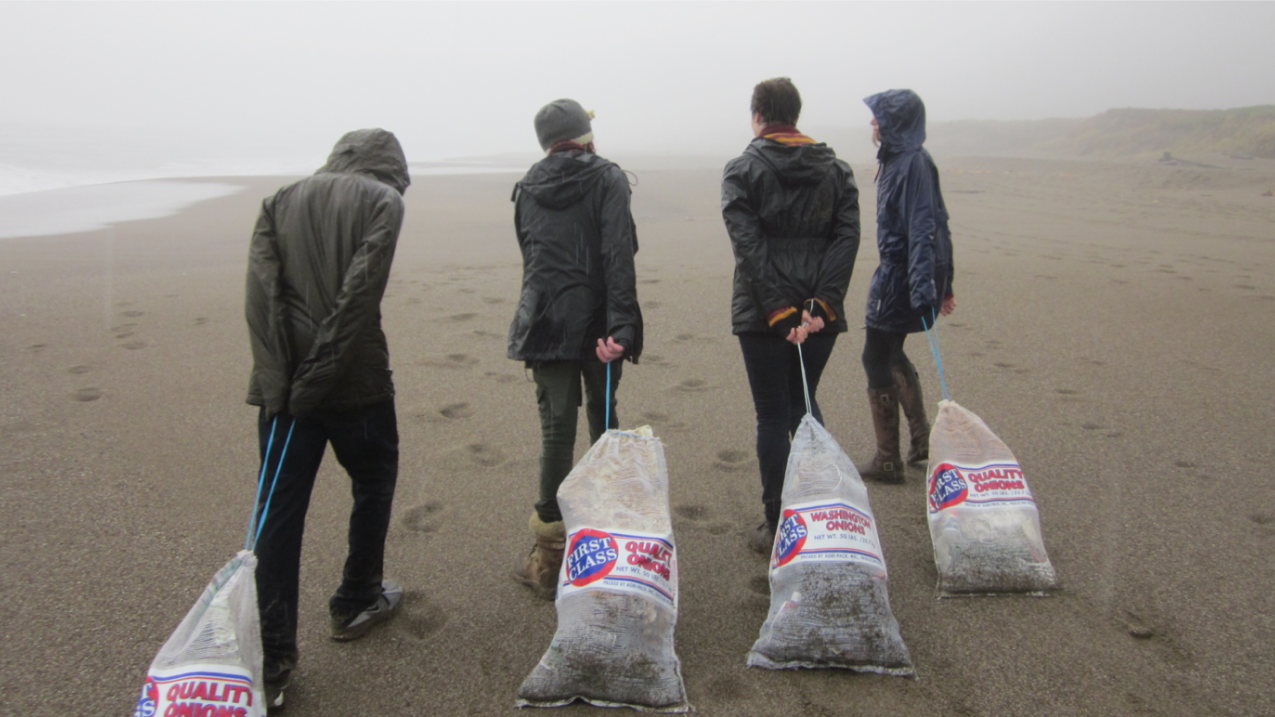
Students at Sir Francis Drake High School collect bags of marine debris that washed ashore on Point Reyes Beach in northern California. (Image credit: Michael Wing)
Try our lesson plans and guides for teachers.
Marine Debris Monitoring Toolkit for Educators
The Marine Debris Monitoring Toolkit is designed to assist teachers in educating their students about marine debris and involving them in marine debris research and outreach.
Winged Ambassadors
Albatrosses, charismatic and threatened seabirds, are ambassadors for a clean ocean. They traverse vast oceanic regions searching for floating food. Along their journeys, they ingest plastic trash and are hooked in fisheries. These five lessons use inquiry-based science instruction, aligned to standards for grades six through eight, with extensions for grades nine through 12.
Exploring the National Marine Sanctuaries: A Lesson in Habitats and Human Impacts
In this lesson, students learn about the national marine sanctuaries in the Pacific and Atlantic oceans and off the coast of American Samoa. Students will be able to identify some of the resource issues threatening the ocean, among other learning objectives.
Marine debris
is any persistent solid material that is manufactured or processed and disposed of or abandoned into the marine environment or the Great Lakes.
Take action to reduce pollution.
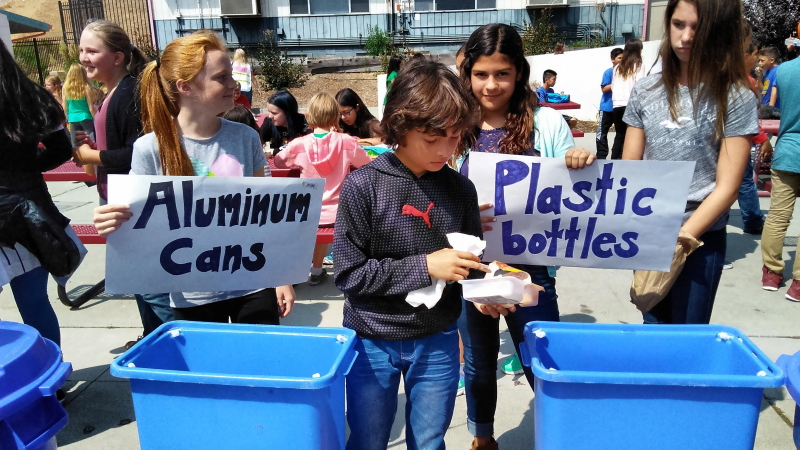
Zero Waste Week
March 19 through April 20, students are inviting their local communities to "Go Green and Think Blue" by joining them in the annual Students for Zero Waste Week campaign. During this campaign, students focus on reducing land-based waste to protect the health of local marine environments. These young leaders are raising awareness of how single-use plastic and other types of litter affect the health of local watersheds, national marine sanctuaries, and the ocean.
Ocean Guardian School Program
Ocean Guardian Schools make a commitment to protect and conserve their local watersheds, the world's ocean, and special ocean areas, like national marine sanctuaries. The schools propose and then implement a school- or community-based conservation project, including projects that focus on waste reduction and marine debris. Schools in some areas of California, Oregon and Washington can apply to join the program; others can explore resources and ideas.
Brush up on the basics of marine debris.
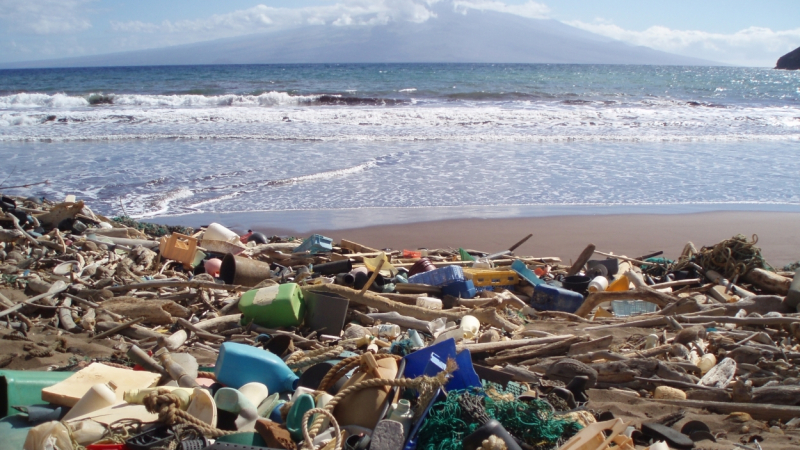
National Ocean Service marine debris portal
This site is your one-stop shop for a variety of content about marine debris.
Ten things you should know about marine debris
The National Ocean Service shares a top-ten list of things everyone should know about the global problem of marine debris.
Watch NOAA's award-winning video.
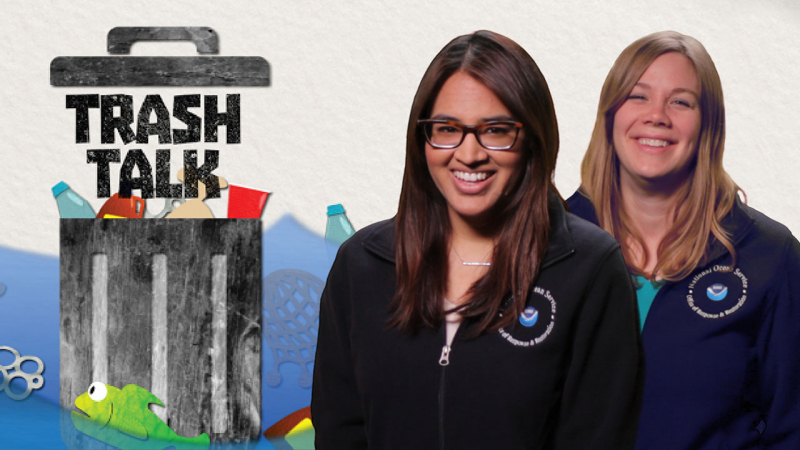
Trash Talk from NOAA Ocean Today
This 15-minute special feature provides a great overview of marine debris. In addition to the video, you can watch a pre-recorded 10-minute webinar for educators that provides fun activities students can try after watching the film.
You can learn more about marine debris from NOAA's National Ocean Service and Marine Debris Program.



